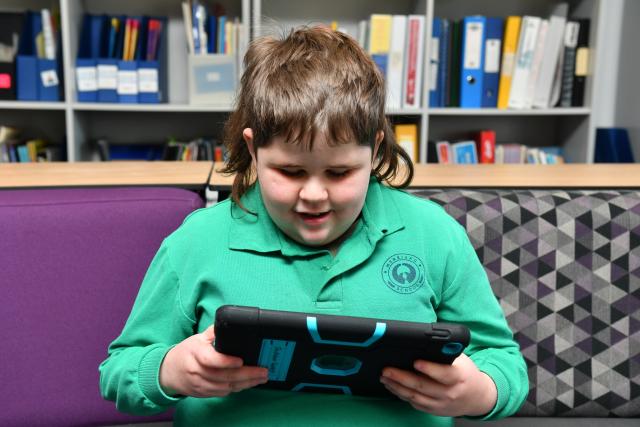
Hannah Hammoud
South Morang Special Developmental School, Merriang SDS, has been provided with seven iPads from State Schools Relief to help remove barriers to education for nonverbal students.
The iPads are equipped with various apps designed for language learning and are a crucial tool in helping special needs students to communicate with their teachers, allied health workers, families, peers and the wider community.
Merriang SDS learning specialist Shelley Daisley said without the help of initiatives such as this, some students would not have access to a communication iPad.
“When family finances are stretched, primary needs are usually first addressed and then the need for items such as iPads simply cannot be met,” she said.
Ms Daisley cited various financial pressures that families may be facing including low socioeconomic status, expenses related to therapies required to address the needs of their child with a disability and current economic pressures.
“The whole school community was incredibly grateful for the resources supplied to these students,” she said.
“The opportunities for students to use the technology across all of their life environments is invaluable.”
Victorian not-for-profit State Schools Relief has continued its partnership with Bank First and the Australian Schools Canteen Association to provide more than 400 iPads and covers to non-verbal students across the state.
Chief executive of State Schools Relief Sue Karzis said that the initiative to provide nonverbal children with an iPad is one of the most impactful programs she has witnessed.
“To be able to empower students by giving them a voice is incredibly powerful and a privilege to be a part of,” she said.
“Since 2019, we have equipped over 1,000 students in specialist schools throughout Victoria with an iPad which has enabled them to communicate both at school and also with their local community.”






